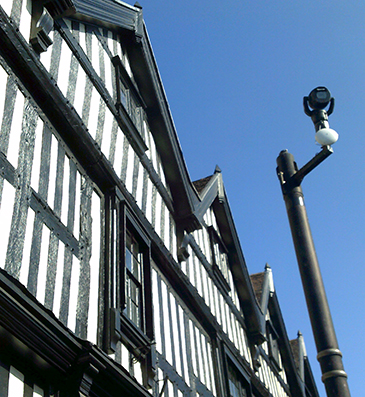Thefts of cultural objects from art galleries, museums and stately homes are on the rise, according to ‘Heritage and Cultural Property Crime’ research, funded by the quango Historic England and carried out by crime analysts at Opal (the National Crime Intelligence Unit for Serious Organised Acquisitive Crime) between February 2020 and February 2023.
The police unit reports that artwork and antiques were the most frequently stolen items; and estimates that over £3.2 million of cultural property was stolen in 2021-22. ARCH (Alliance to Reduce Crime Against Heritage) is calling for more accurate police recording processes for offences relating to the loss and damage to heritage sites and cultural property.
Criminal demand for York stone will continue, the unit suggests. It’s a popular material for construction, building and landscaping. The variety of colours and its durability make it desirable. According to the specialist insurer Ecclesiastical Insurance, York stone slabs taken from the grounds of historic properties such as churches can cost up to £400 per square metre to replace.
The research suggests that such theft of historic stone rose 9pc in 2022. Offenders have been known to be highly organised, disguising themselves by wearing high-vis jackets to appear as workers. York stone slabs from the grounds of historic properties and church paths are targeted, with gangs often removing them using stolen vehicles and tools.
Theft of metal roofing, notably lead, from historic churches increased by 41pc during the lockdown periods of the covid-19 pandemic. The analysts suggest opportunistic offenders and organised crime groups alike did such crime. Given that lead prices rose last year, Historic England noted that some listed historic churches are replacing stolen lead with stainless steel. The research did find a reduction in unlawful metal detecting (nighthawking).
Comments
Vernon Rapley, a former policeman now Director of Security at Victoria & Albert Museum (V&A), said: “This assessment reminds us that cultural heritage transcends time and generations. In the face of the many risks highlighted in this report, we must act quickly and decisively to safeguard our museums, galleries, and heritage sites for the enjoyment and education of future generations.”
Mark Harrison, Head of Heritage Crime for Historic England, is a former policeman. He said: “Since the launch of the Heritage Crime Programme in 2011, Historic England has made significant progress in preventing and investigating crime and anti-social behaviour in the historic environment. This progress has been made possible by working with members of ARCH and the thousands of people, organisations and charities who own and care for our historic buildings and sites. The findings of this assessment will help us to develop the new tactics and technologies required to be one step ahead of those intent on stealing from our past.”
For background see the Historic England website.
Meanwhile, Ecclesiastical recently launched a risk maturity assessment tool.
Photo by Mark Rowe – public space CCTV, Ledbury, Herefordshire.










